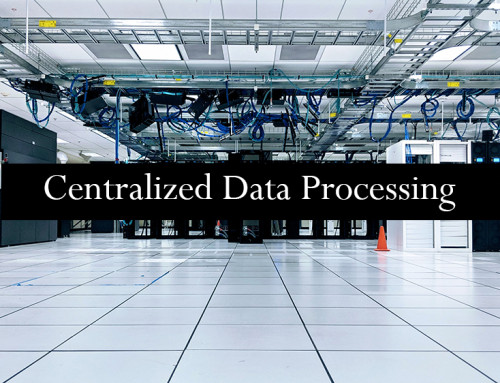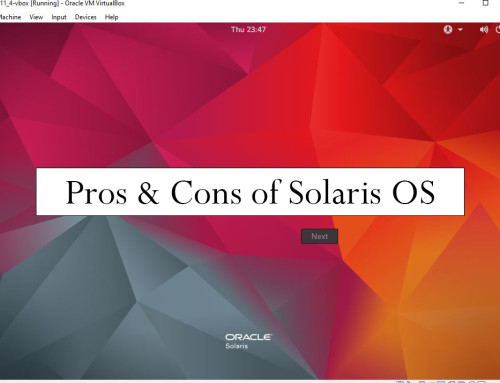Today I will discuss about short difference between these threee operating systems. In real time systems the priority of the job which is running has high and it is hardly that other jobs interrupt it, I mean the job is given maximum time. If this job fails to run then entire system may break down. Real time systems are very expensive and have expensive hardware support. Popular examples of real time operating systems are LynxOS, OSE and windows CE.
In network operating systems the files and printers are shared among different computers. The software updates are also shared among different computers. The network admistrator manages this operating system to manage data, security and groups. The popular examples of network operating system is Microsoft windows server 2003, 2008, unix and linux. In this system the clients and resourses can be added easily to the network. Server manages all the clients efficiently.
In distributed operating system the computating power is distributed among different processors of different computers. These systems are loosely coupled meaning they have their own resourses. These systems vary in size, speed and computation power. These systems communicate with each other via communication line over the network. Each system has its own system clock, data structure and memory, they don’t share any of these.
Real time operating systems are used in large organizations while network and distributed operating systems are most common in middle and large organizations.





